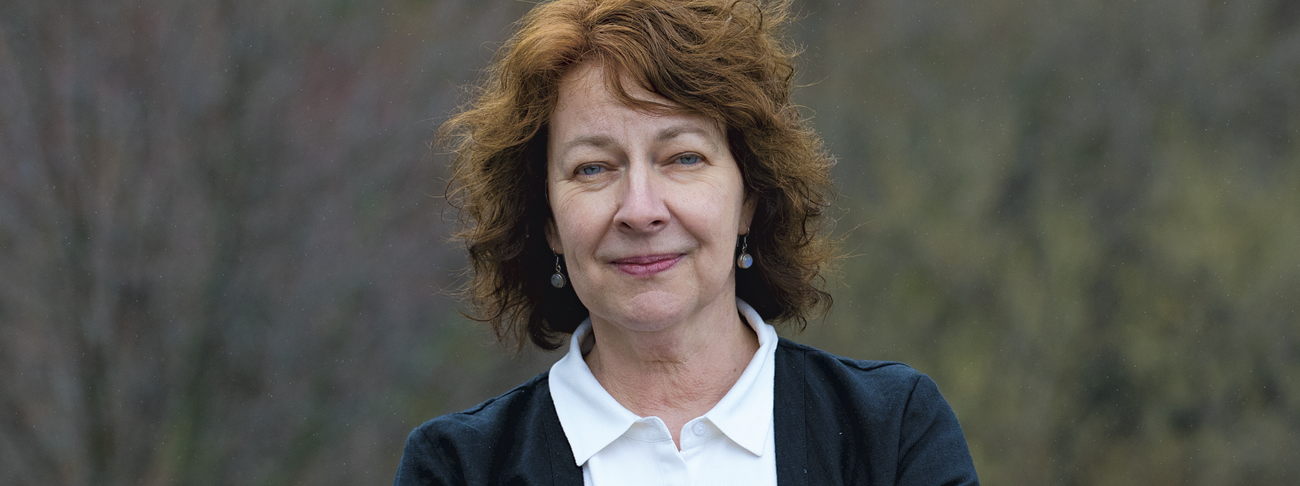
by Brenda Austin-Smith
The inaugural National Day of Truth and Reconciliation this past September brought to mind on-going efforts to Indigenize post-secondary education in this nation of nations. Guided by the recommendations of the Truth and Reconciliation Commission (TRC)—specifically recommendations #62 and #63—many post-secondary institutions have taken up the work of examining their curricula, their systems of governance, and their methods of instruction to decolonize and Indigenize both what is post-secondary education (PSE) is and how it operates.
But what does Indigenizing the academy actually mean, and how do we, as treaty people, achieve this goal? The conversations about what colleges and universities should and could do to fulfill the TRC calls to action offer many answers. First among them is realizing that Indigenizing PSE is a process, one that begins by recognizing the colonizing history of education itself. As David Newhouse, Chair of the Chanie Wenjack School for Indigenous Studies at Trent, wrote in the June 2016 CAUT Bulletin, PSE has often served “as another instrument of assimilation.” Universities and colleges extended the project of residential schools to eradicate Indigenous knowledge, languages, and traditions in the name of teaching and learning.
Undoing the legacies of that history through Indigenization can take several forms. Critical is recruiting First Nations, Inuit, and Métis scholars, support staff, and students. CAUT policy, for example, calls for the permanent expansion of the Indigenous academic staff complement at PSE through peer-directed hiring processes. Once these academics are appointed, institutions must provide appropriate career training and support to ensure fairness in the retention and promotion of Indigenous academics. This should include opportunities to maintain relationships with home communities, lands, and waters.
Central to the ongoing support of Indigenous academic staff is also the recognition of culturally appropriate publication venues, community service, and participation in the sharing of Indigenous knowledge and languages as activities that count toward tenure and promotion. These changes may require academic staff associations to push for amendments to relevant articles in agreements to ensure equitable policies and practices.
Indigenization also means providing spaces within the institution for feasts and powwows and making provisions for student support. This support includes the presence of Elders, and time and space for specific graduation ceremonies. On the main campus of my university, for example, Migizii Agamik houses Indigenous Student Centre advisors and provides access to (among other things) library resources through a portal staffed by a Métis librarian.
Examining curricula and programs to ensure students learn about Indigenous peoples and cultures is another step toward reconciliation through the process of Indigenization. The University of Winnipeg was one of the first universities to approve an Indigenous Course Requirement, something many more institutions have developed. Several institutions have fostered the design of Indigenous graduation stoles and regalia to celebrate Indigenous identity and heritage at these significant events. These gestures contribute to visibility and change.
It is not sufficient, though, to bring Indigenous scholars and students into an institution that does not alter aspects of its character in response to their presence. Priscilla Settee, Chair of CAUT’s Aboriginal Post-Secondary Education Working Group, warns against the additive model of Indigenization (“Add Indigenous people, and stir”) in a 2018 Maclean’s story on this issue. Real change is critical, which means placing Indigenous ways of knowing in the core research and teaching spaces of PSE. In that same Maclean’s article, Newhouse uses the Mi’kmaw concept of “two-eyed seeing”: combining the best of Western knowledge and—led by Indigenous elders—the best of Indigenous knowledge. Creating a place for Indigenous scholarship “rooted in traditional Indigenous thought” is key for David Newhouse in his CAUT Bulletin piece. Newhouse sees the ability to decide for oneself what counts as a scholarly problem, as well as the approach, the analysis, and the sharing of the results of that inquiry, as the mark of an Indigenized university.
For some, these changes awaken worry that recognizing and incorporating Indigenous knowledge could somehow damage the quality of PSE institutions. This apprehension is an example of institutional fragility, the fear that introducing different ways of knowing into the working and thinking space of a college or university will weaken it. But as David Newhouse’s Bulletin article stresses, universities and colleges are not immutable. He uses the Haudenosaunee theory of “extending the rafters” to describe how institutions have already changed over the centuries to include all kinds of knowledge and experience into research, teaching, and service.
The presence of Indigenous knowledge in the academy will not destroy post-secondary education but make it more inclusive and resilient. We are all called upon to help extend these rafters, to do this good work in what the Anishinaabe call a good way.